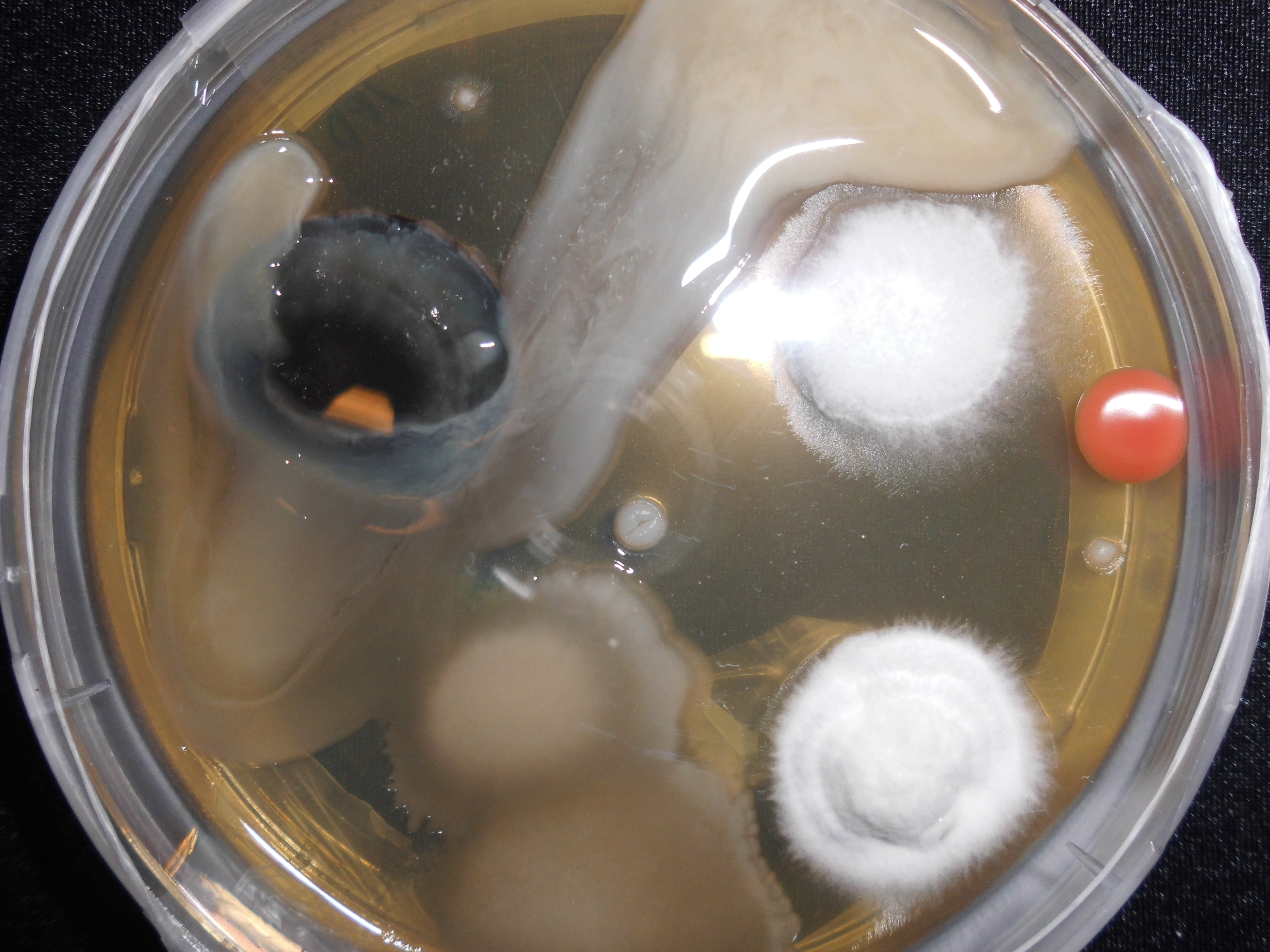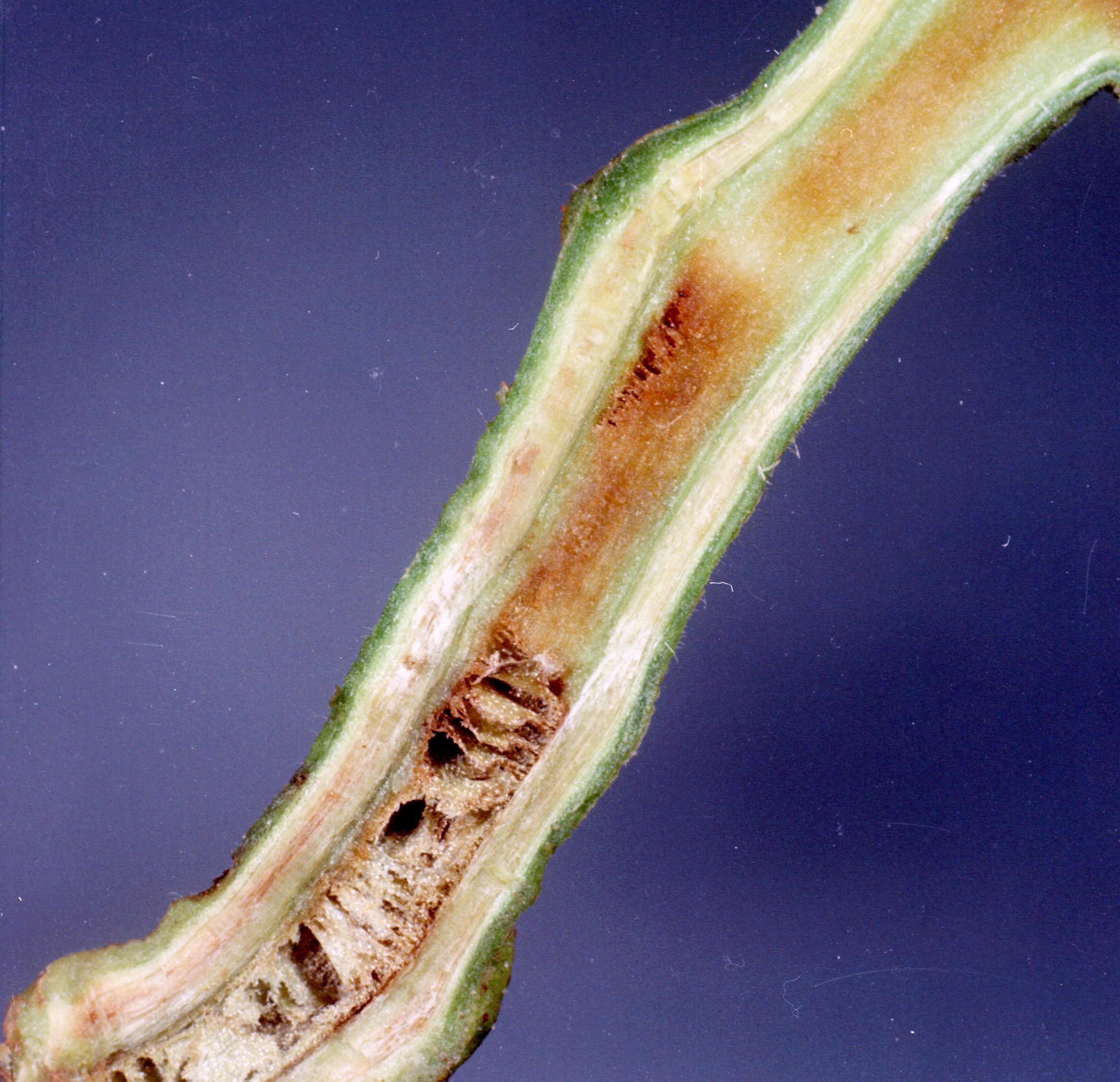|
Pseudomonal
''Pseudomonas'' is a genus of Gram-negative bacteria belonging to the family Pseudomonadaceae in the class Gammaproteobacteria. The 348 members of the genus demonstrate a great deal of metabolic diversity and consequently are able to colonize a wide range of niches and hosts. Their ease of culture ''in vitro'' and availability of an increasing number of ''Pseudomonas'' strain genome sequences has made the genus an excellent focus for scientific research; the best studied species include '' P. aeruginosa'' in its role as an opportunistic human pathogen, the plant pathogen '' P. syringae'', the soil bacterium '' P. putida'', and the plant growth-promoting '' P. fluorescens, P. lini, P. migulae'', and '' P. graminis''. Because of their widespread occurrence in water and plant seeds such as dicots, the pseudomonads were observed early in the history of microbiology. The generic name ''Pseudomonas'' created for these organisms was defined in rather vague terms by Walter Migula in 18 ... [...More Info...] [...Related Items...] OR: [Wikipedia] [Google] [Baidu] |
Pseudomonas Aeruginosa
''Pseudomonas aeruginosa'' is a common Bacterial capsule, encapsulated, Gram-negative bacteria, Gram-negative, Aerobic organism, aerobic–facultative anaerobe, facultatively anaerobic, Bacillus (shape), rod-shaped bacteria, bacterium that can cause disease in plants and animals, including humans. A species of considerable medical importance, ''P. aeruginosa'' is a multiple drug resistance, multidrug resistant pathogen recognized for its ubiquity, its Intrinsic and extrinsic properties, intrinsically advanced antibiotic resistance mechanisms, and its association with serious illnesses – hospital-acquired infections such as ventilator-associated pneumonia and various sepsis syndromes. ''P. aeruginosa'' is able to selectively inhibit various antibiotics from penetrating its outer membrane'' ''– and has high resistance to several antibiotics. According to the World Health Organization ''P. aeruginosa'' poses one of the greatest threats to humans in terms of an ... [...More Info...] [...Related Items...] OR: [Wikipedia] [Google] [Baidu] |
Pseudomonadaceae
The Pseudomonadaceae are a family of bacteria which includes the genera '' Azomonas'', '' Azorhizophilus'', ''Azotobacter'', '' Mesophilobacter'', ''Pseudomonas'' (the type genus), and '' Rugamonas''. The family Azotobacteraceae was recently reclassified into this family. History Pseudomonad literally means false unit, being derived from the Greek ''pseudo'' ( – false) and ''monas'' (μονος – a single unit). The term "monad" was used in the early history of microbiology to denote single-celled organisms. Because of their widespread occurrence in nature, the pseudomonads were observed early in the history of microbiology. The generic name ''Pseudomonas'' created for these organisms was defined in rather vague terms in 1894 as a genus of Gram-negative, rod-shaped, and polar-flagellated bacteria. Soon afterwards, a large number of species was assigned to the genus. Pseudomonads were isolated from many natural niches. New methodology and the inclusion of approaches based on ... [...More Info...] [...Related Items...] OR: [Wikipedia] [Google] [Baidu] |
Agar Plate
An agar plate is a Petri dish that contains a growth medium solidified with agar, used to Microbiological culture, culture microorganisms. Sometimes selective compounds are added to influence growth, such as antibiotics. Individual microorganisms placed on the plate will grow into individual colony (biology), colonies, each a cloning, clone genetically identical to the individual ancestor organism (except for the low, unavoidable rate of mutation). Thus, the plate can be used either to estimate the concentration of organisms in a Microbiological culture, liquid culture or a suitable dilution of that culture using a colony counter, or to generate genetically pure cultures from a mixed culture of genetically different organisms. Several methods are available to plate out cells. One technique is known as "Streaking (microbiology), streaking". In this technique, a drop of the culture on the end of a thin, sterilization (microbiology), sterile loop of wire, sometimes known as an inocu ... [...More Info...] [...Related Items...] OR: [Wikipedia] [Google] [Baidu] |
Ralstonia
''Ralstonia'' is a genus of bacteria, previously included in the genus ''Pseudomonas ''Pseudomonas'' is a genus of Gram-negative bacteria belonging to the family Pseudomonadaceae in the class Gammaproteobacteria. The 348 members of the genus demonstrate a great deal of metabolic diversity and consequently are able to colonize a ...''. It is named after the American bacteriologist Ericka Ralston. Ericka Ralston was born in 1944 in Saratoga, California, and died in 2015 in Sebastopol, California. While in graduate school at the University of California at Berkeley, she identified 20 strains of ''Pseudomonas'' which formed a phenotypical homologous group, and named them ''Pseudomonas pickettii'', after M.J. Pickett in the Department of Bacteriology at the University of California at Los Angeles, from whom she had received the strains. Later, ''P. pickettii'' was transferred to the new genus ''Ralstonia'', along with several other species. She continued her research into bacteria ... [...More Info...] [...Related Items...] OR: [Wikipedia] [Google] [Baidu] |
Burkholderia
''Burkholderia'' is a genus of Pseudomonadota whose pathogenic members include the ''Burkholderia cepacia'' complex, which attacks humans and plants; ''Burkholderia mallei'', responsible for glanders, a disease that occurs mostly in horses and related animals; ''Burkholderia pseudomallei'', causative agent of melioidosis; and '' Burkholderia cenocepacia'', an important pathogen of pulmonary infections in people with cystic fibrosis (CF). ''Burkholderia'' species is also found in marine environments. S.I. Paul et al. isolated and characterized ''Burkholderia cepacia'' from marine sponges of the Saint Martin's Island of the Bay of Bengal, Bangladesh. The ''Burkholderia'' (previously part of ''Pseudomonas'') genus name refers to a group of virtually ubiquitous Gram-negative, obligately aerobic, rod-shaped bacteria that are motile by means of single or multiple polar flagella, with the exception of ''Burkholderia mallei'', which is nonmotile. Members belonging to the genus do not ... [...More Info...] [...Related Items...] OR: [Wikipedia] [Google] [Baidu] |
16S Ribosomal RNA
16S ribosomal RNA (or 16 S rRNA) is the RNA component of the 30S subunit of a prokaryotic ribosome ( SSU rRNA). It binds to the Shine-Dalgarno sequence and provides most of the SSU structure. The genes coding for it are referred to as 16S rRNA genes and are used in reconstructing phylogenies, due to the slow rates of evolution of this region of the gene. Carl Woese and George E. Fox were two of the people who pioneered the use of 16S rRNA in phylogenetics in 1977. Multiple sequences of the 16S rRNA gene can exist within a single bacterium. Terminology The descriptor ''16S'' refers to the size of these ribosomal subunits as reflected indirectly by the speed at which they sediment when samples are centrifuged. Thus ''16S'' means 16 Svedburg units. Functions * Like the large (23S) ribosomal RNA, it has a structural role, acting as a scaffold defining the positions of the ribosomal proteins. * The 3-end contains the anti- Shine-Dalgarno sequence, which binds upstream ... [...More Info...] [...Related Items...] OR: [Wikipedia] [Google] [Baidu] |
Monas (genus)
''Monas'' is a genus of Chrysophyceae, described by Otto Friedrich Müller in 1773 as a group of Infusoria. Throughout time, it represented an aggregate genus. Taxonomic history Many organisms were transferred to this genus, and most ''Monas'' spp. have later been synonymised with or integrated in other genera. The organisms once affiliated with ''Monas'' spp. truly belong to all major eukaryotic lineages (Opisthokonta, Amoebozoa, Rhizaria, Archaeplastida, Stramenopiles, Alveolata, Cryptophyta, Excavata), and even to prokaryotic lineages. The genus was also included in other groups, as in Mastigophora or Flagellata. The current practice is the (questionable) synonymous use, based on morphological similarity, of the generic names ''Monas'' (mostly used in the east-Asian literature) and ''Spumella'' (synonymously used in the European and American literature) as unpigmented biflagellates in Chrysophyceae. However, there is a conflict between the morphological and molecular investiga ... [...More Info...] [...Related Items...] OR: [Wikipedia] [Google] [Baidu] |
-monas
The suffix -monas is used in microbiology for many genera and is intended to mean "unicellular organism". Meaning The suffix -monas found in many genera in microbiology is similar in usage to -bacter, -bacillus, -coccus or -spirillum. The genera with the suffix are not a monophyletic group and the suffix is chosen over -bacter, often simply out of stylistic preferences to match with Greek words. The first genus to be given the suffix -monas was ''Pseudomonas'', a genus of gammaproteobacteria. The generic epithet ''Pseudomonas'' was coined by Walter Migula in 1894, who did not give an etymology.Migula, W. (1900) System der Bakterien, Vol. 2. Jena, Germany: Gustav Fischer. Since the 7th edition of Bergey's manual (=top authority in bacterial nomenclature), other authors have given the etymology to be: Greek (, false) and (, single unit or monad), which can mean "false unit". However, "false unit" conceptually does not make much sense, namely, it does not mean "an organism which ... [...More Info...] [...Related Items...] OR: [Wikipedia] [Google] [Baidu] |
Ancient Greek
Ancient Greek (, ; ) includes the forms of the Greek language used in ancient Greece and the classical antiquity, ancient world from around 1500 BC to 300 BC. It is often roughly divided into the following periods: Mycenaean Greek (), Greek Dark Ages, Dark Ages (), the Archaic Greece, Archaic or Homeric Greek, Homeric period (), and the Classical Greece, Classical period (). Ancient Greek was the language of Homer and of fifth-century Athens, fifth-century Athenian historians, playwrights, and Ancient Greek philosophy, philosophers. It has contributed many words to English vocabulary and has been a standard subject of study in educational institutions of the Western world since the Renaissance. This article primarily contains information about the Homeric Greek, Epic and Classical periods of the language, which are the best-attested periods and considered most typical of Ancient Greek. From the Hellenistic period (), Ancient Greek was followed by Koine Greek, which is regar ... [...More Info...] [...Related Items...] OR: [Wikipedia] [Google] [Baidu] |
Bergey's Manual Of Systematic Bacteriology
''Bergey's Manual of Systematic Bacteriology'' is the main resource for determining the identity of prokaryotic organisms, emphasizing bacterial species, using every characterizing aspect. The manual was published subsequent to ''Bergey's Manual of Determinative Bacteriology'', though the latter is still published as a guide for identifying unknown bacteria. First published in 1923 by David Hendricks Bergey, it is used to classify bacteria based on their structural and functional attributes by arranging them into specific familial orders. However, this process has become more empirical in recent years. The ''Taxonomic Outline of Bacteria and Archaea'' is a derived publication indexing taxon names from version two of the manual. It used to be available for free from the Bergey's manual trust website until September 2018. Michigan State University provides an alternative version that indexes NamesforLife records. The five-volume BMSB is officially replaced by ''Bergey's Manual of ... [...More Info...] [...Related Items...] OR: [Wikipedia] [Google] [Baidu] |



